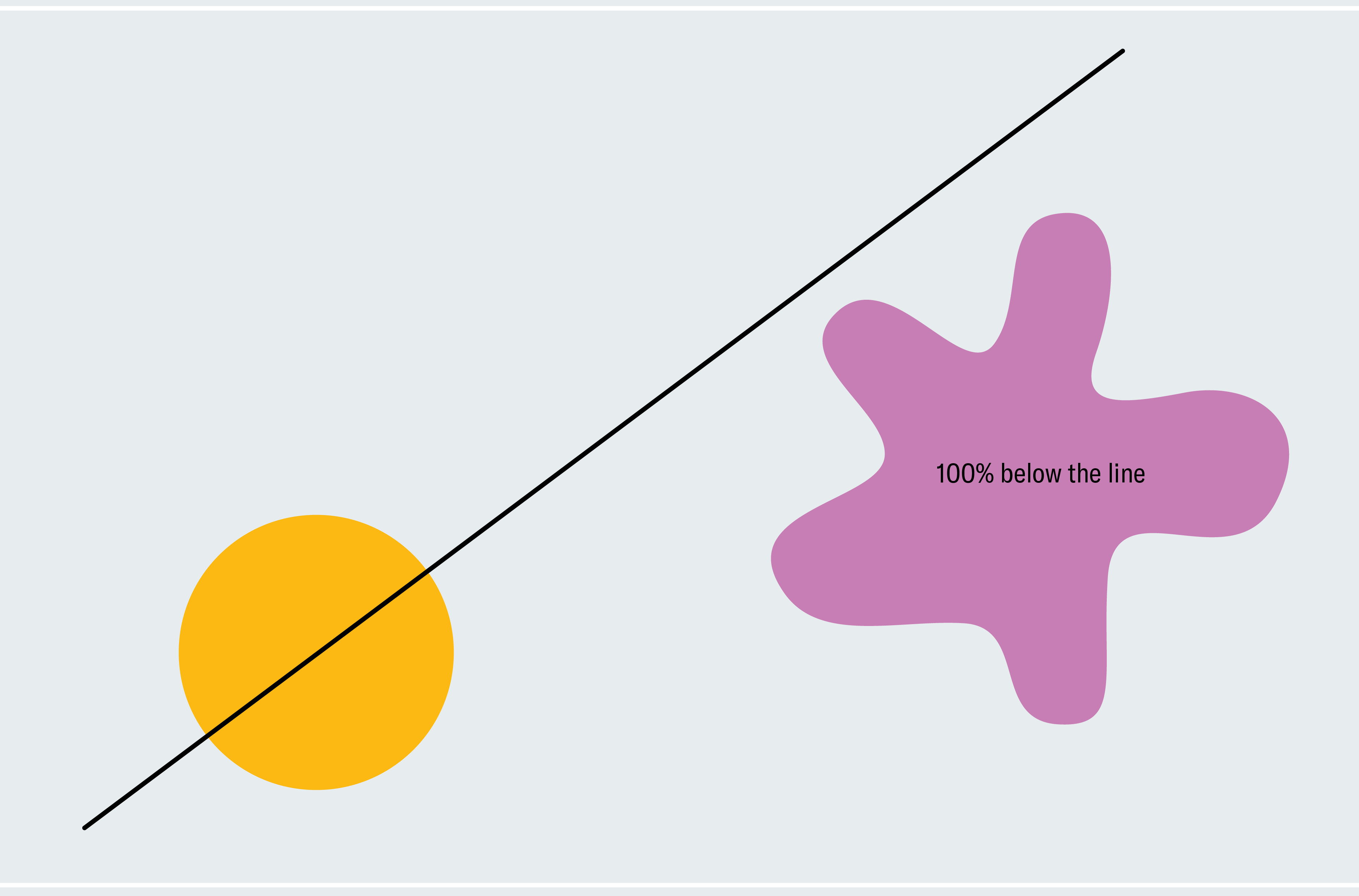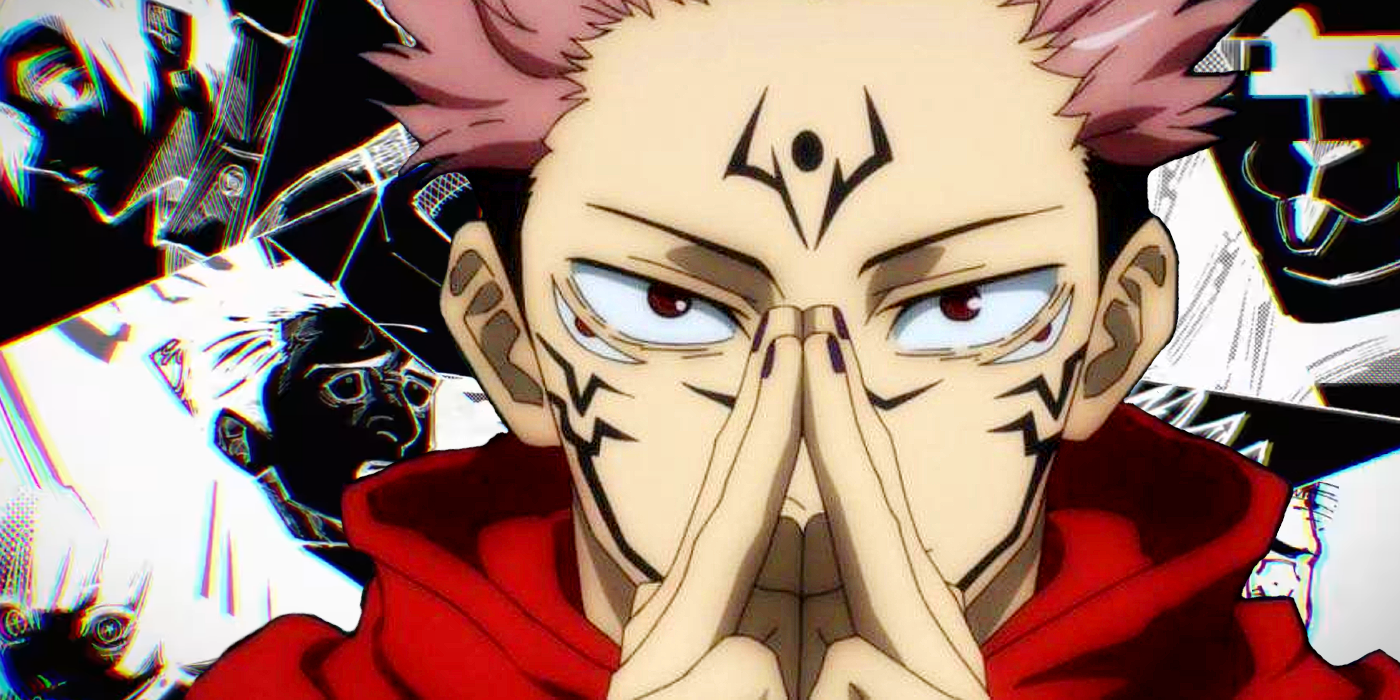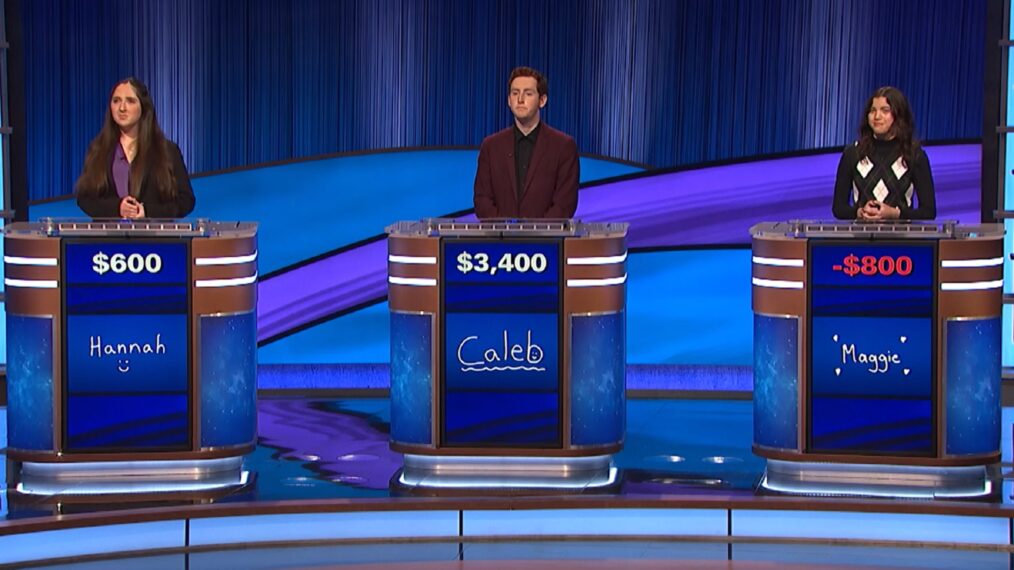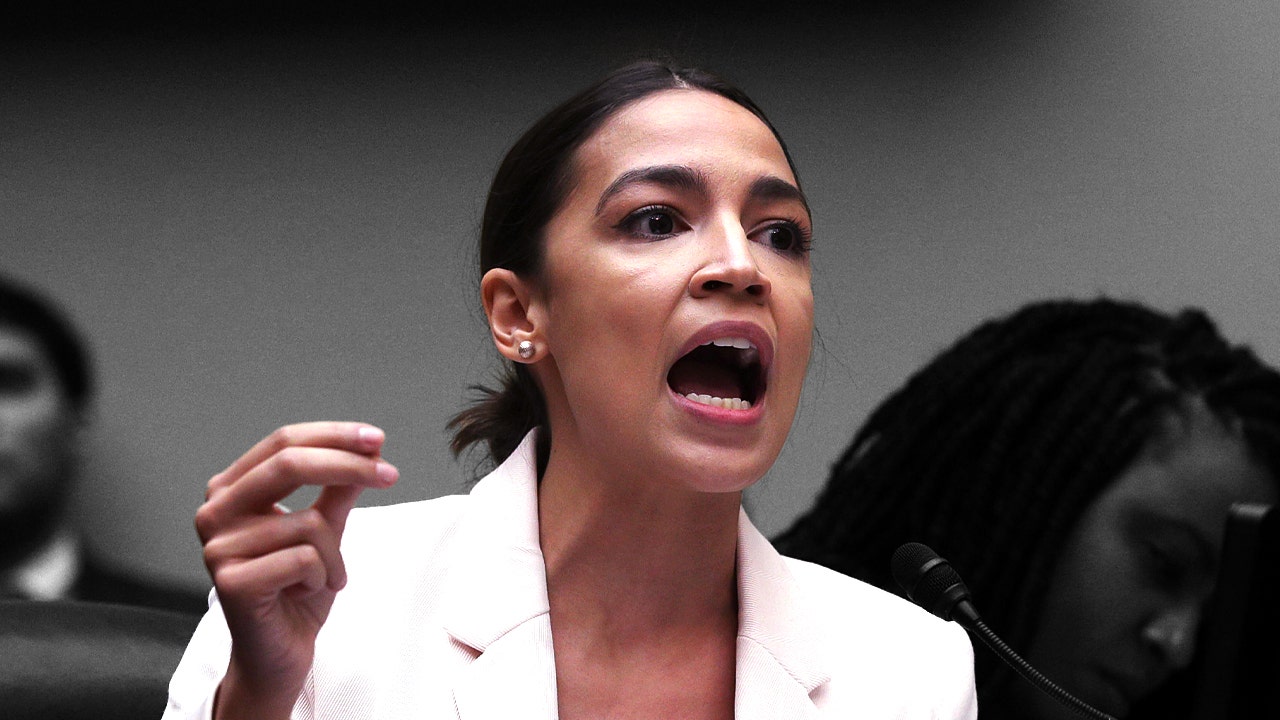Bill Russell, an 11-time NBA champion known for breaking down racial barriers and his defensive prowess on the basketball court, died on Sunday. He was 88.
An announcement posted on Twitter did not include details of his death but said Russell “passed away peacefully … with his wife, Jeannine, by his side.”
Throughout his 13-season career on the Boston Celtics, the 6-foot-10-inch Russell pulled in 21,620 rebounds — the second highest of all time. His keen awareness of the floor revolutionized how defense was played in the NBA.
Russell also became the first Black head coach in any major American professional sports league when Red Auerbach handed him the reins of the Celtics in 1966, and he completed the last three years of his on-court career as a player-coach.
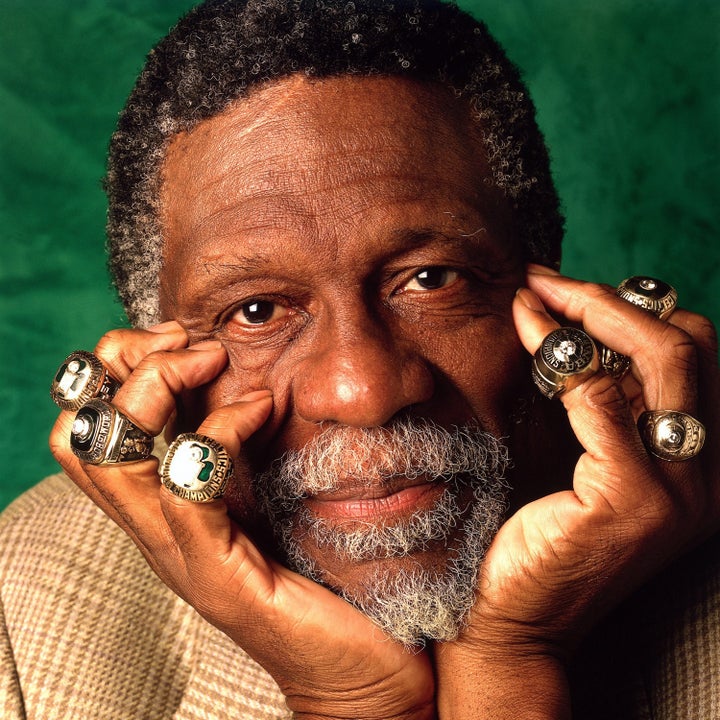
Nathaniel S. Butler via Getty Images
Born on Feb. 12, 1934, William Felton Russell spent his earliest years in Monroe, Louisiana, before his family moved west during World War II, ultimately landing in Oakland, California.
In school, he was a natural track star and led his high school basketball team to consecutive state titles.
At the University of San Francisco — hardly a basketball powerhouse — he played under coach Phil Woolpert, who preached a style predicated on hard-nosed defense, a system that helped Russell explode into a national phenomenon.
His trademark move? He jumped. He eschewed defensive tradition, refusing to keep his feet on the ground, changing each possession, as well as the sport itself.

Underwood Archives via Getty Images
He tallied an average of 20.7 points and 20.3 rebounds per game throughout his three-year collegiate career, winning national championships in 1955 and 1956.
After bringing that second title back to campus, Russell went professional. Though multiple franchises jockeyed to get him, he was the No. 2 pick in the 1956 NBA Draft, which brought him to the Celtics.
After a pit stop in Melbourne, Australia, for the Summer Olympics, it took little time for the Russell- and Auerbach-led Celtics to dominate. Flip through the league annals of the next few seasons, and you’ll see some combination of “Boston,” “Celtics” and “Russell” next to a laughable number of records, as Russell’s long arms, Auerbach’s gritty style and the Celtics’ team chemistry led the franchise to 11 titles in 13 years.
Russell averaged over 20 rebounds a game in every season of his career, except his first year and his last two years. He was named the league’s Most Valuable Player five times — tied with Michael Jordan and trailing only Kareem Abdul-Jabbar for most ever. And in the 1963-1964 season, he corralled 24.7 rebounds per game — about half of what an entire team brings in today.
Just how good were the Celtics with Russell? The club won the title in: 1957, 1959, 1960, 1961, 1962, 1963, 1964, 1965, 1966, 1968, and 1969.
In public and to the press, Russell was brusque. He once famously declared that he owed Celtics fans “nothing” and “refuse[d] to smile and be nice to the kiddies.”
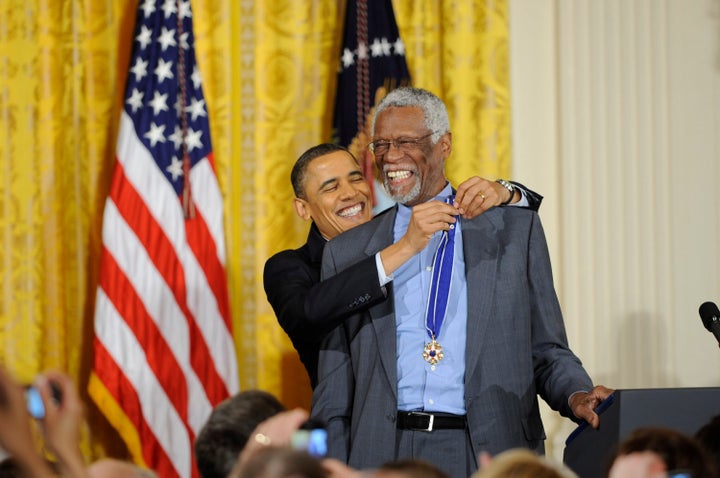
ImageCatcher News Service via Getty Images
His standoffishness has been commonly attributed to the racial climate of the time ― an era in which his home was broken into and vandalized, with bigotry scrawled onto his walls. He and his Black teammates were refused service at a restaurant in Lexington, Kentucky, before a Celtics exhibition game, which they then decided to boycott in protest.
In 1963, he marched in Washington with Dr. Martin Luther King Jr., and he was given the Presidential Medal of Freedom for his advocacy in 2010.
Russell retired following his 11th championship run in 1968-1969. He briefly served as head coach of the Seattle Supersonics and the Sacramento Kings, but after taking off that Celtics No. 6 jersey for the final time, he largely faded out of public life, choosing to reside on a small island just east of Seattle ― with family, without fuss.
He wasn’t present when the Celtics first retired his jersey in 1972. He “insisted” that it be hung from the rafters when the famed Boston Garden was empty of all fans, so blemished was his memory of his time in a city he would later call a “flea market of racism.”
It wasn’t until 27 years later that Russell agreed to be present for a re-retirement of his uniform. According to The New York Times, he shed tears that night at the sight of tens of thousands of fans in Celtics green, on their feet, chanting his name, three decades after he had unceremoniously left the franchise.
Sara Bondioli contributed reporting.




















































